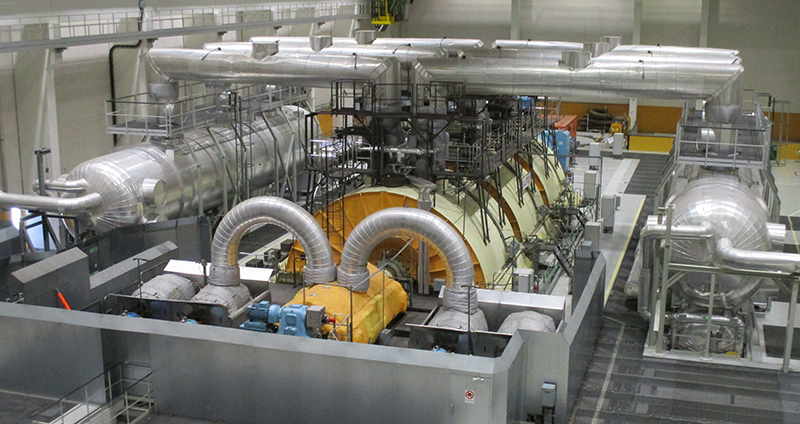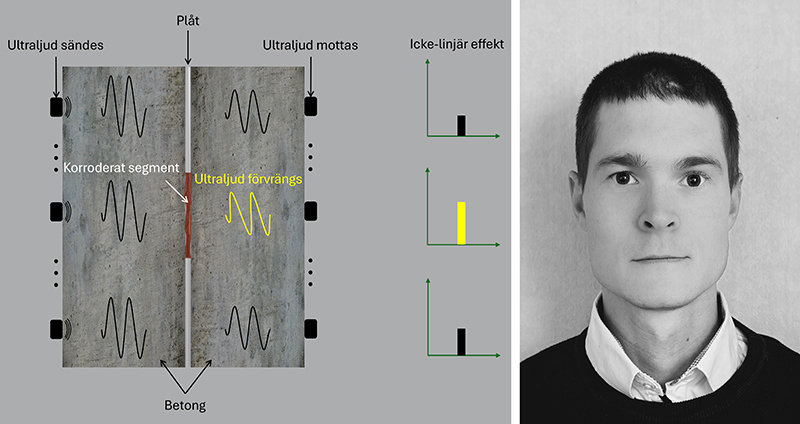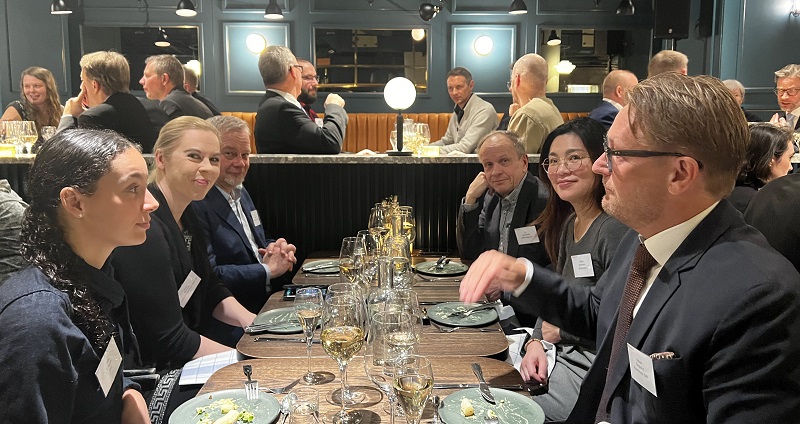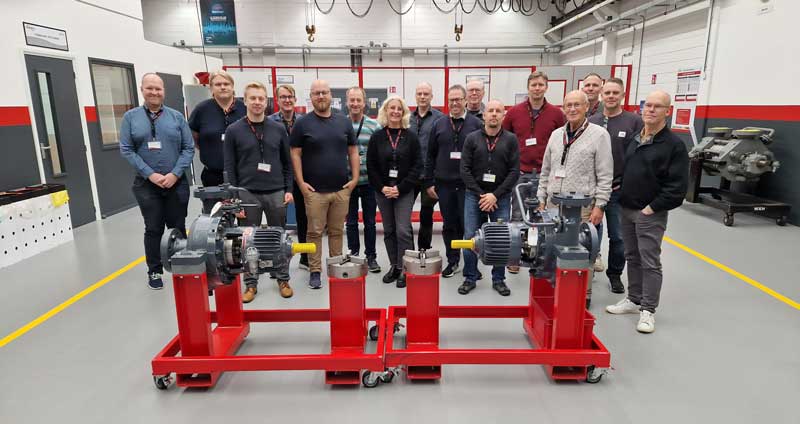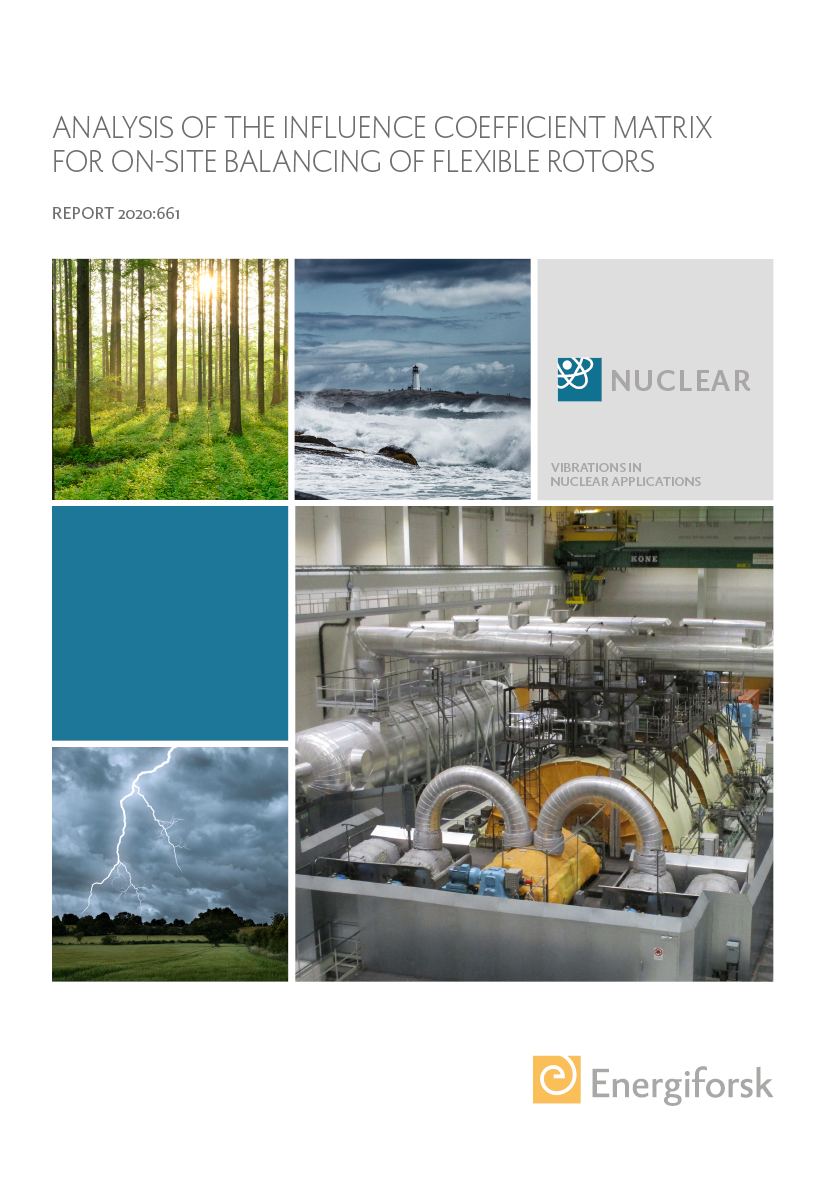If a digital twin could be created and the influence coefficients calculated, the rotor string could instead be modeled, and compensation weights calculated.
Here Professor Rainer Nordmann from Technical University Darmstadt and senior researchers Eric Knopf, Thomas Krueger and Bastien Abrate from GE Power have created a digital twin of the Ringhals turbine train unit TG 32. The modeled influence coefficients have been compared to previously measured influence coefficients.
The project shows that it is not an easy task to calculate the influence coefficients solely based on knowledge on the different components in the rotor string. Information of the stiffness and structural behavior of the entire structure with pedestals, floor etc. is also required.
